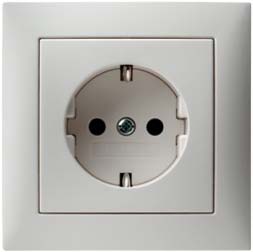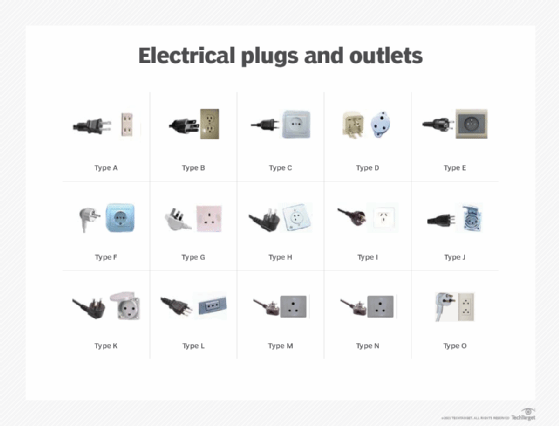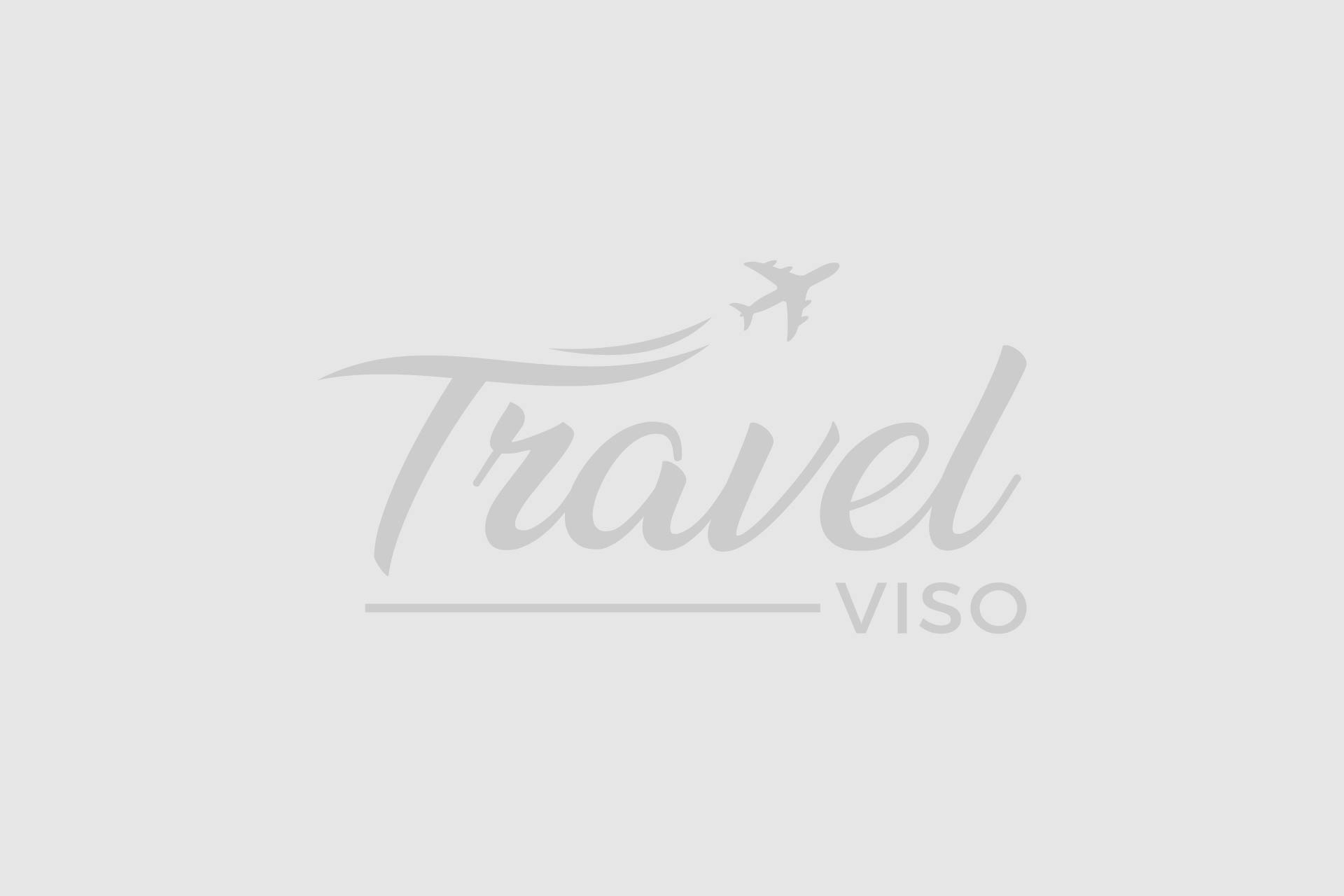What Plugs are Used in Norway? Norway uses Type C and Type F electrical plugs. The standard voltage is 230 V, and the frequency is 50 Hz.
Norway’s electrical system employs Type C and Type F plugs, commonly found across Europe. These plugs feature two round pins and fit into standard European outlets. The country operates on a 230-volt supply with a 50 Hz frequency, ensuring compatibility with many European appliances.
Travelers from regions using different plug types or voltages should bring appropriate adapters and converters. Understanding What Plugs are Used in Norway helps avoid electrical mishaps and ensures a smooth experience using electronic devices. Always check your device specifications to ensure they match Norway’s electrical standards. This proactive approach ensures your gadgets work efficiently during your stay in Norway.
Types Of Plugs
Traveling to Norway? Understanding the types of plugs used there is essential. Norway primarily uses two types of plugs: the Europlug and the Schuko plug. Both plugs are common in Europe and are designed to fit specific socket types. Knowing which plug to use ensures that your electronic devices function properly without any issues.
Europlug
The Europlug is the most common type of plug in Norway. It’s also known as Type C plug. It has two round pins that are 4 mm in diameter and spaced 19 mm apart. This plug is designed for devices that require less power.
- Voltage: 230V
- Frequency: 50Hz
- Max Current: 2.5A
Europlugs are used for small appliances. Examples include:
- Phone chargers
- Electric shavers
- Hairdryers
Europlugs fit into any socket that accepts 4.0 – 4.8 mm round contacts. This makes them versatile and widely used. They are compact and easy to carry, perfect for travelers.
Schuko Plug
The Schuko plug, also known as Type F, is another common plug type in Norway. It features two round pins and two grounding clips on the sides. This plug is designed for devices that require more power.
- Voltage: 230V
- Frequency: 50Hz
- Max Current: 16A
Schuko plugs are used for larger appliances. Examples include:
- Refrigerators
- Washing machines
- Microwaves
Schuko plugs offer better grounding and are safer for high-powered devices. They fit into sockets that accept 4.8 mm round contacts. This ensures a secure connection and prevents electrical hazards.

Credit: norway.nordicvisitor.com
Voltage And Frequency
Planning a trip to Norway? Understanding the type of plugs and the voltage and frequency used in Norway is crucial. This information ensures your electronic devices work seamlessly without any disruptions. Let’s dive into the specifics of voltage and frequency in Norway.
Standard Voltage
Norway uses a standard voltage of 230 volts. This is the same voltage used in most European countries. If you’re traveling from a country that uses a different voltage, you might need a voltage converter. Below are some key points to remember:
- 230 volts is the standard in Norway.
- Most electronic devices are compatible with 230 volts. However, always check the device’s label.
- If your device is not compatible, use a voltage converter to avoid damage.
Here’s a quick reference table:
| Device Type | Voltage Compatibility |
|---|---|
| Laptops | Usually 100-240V |
| Smartphones | Usually 100-240V |
| Hair Dryers | Check label, often 110V or 240V |
Always bring a plug adapter because the plug type might differ from your home country. Norway uses the Type C and Type F plugs, also known as the Europlug. These plugs have two round pins.
Frequency Details
The electrical frequency in Norway is 50 Hz. This is important for devices that rely on a specific frequency to function correctly. Most modern electronics are designed to work with different frequencies, but it’s good to check:
- 50 Hz is standard in Norway.
- Most appliances are built to handle both 50 Hz and 60 Hz frequencies.
- Older or specialized equipment might require a frequency converter.
Below is a frequency compatibility table:
| Device Type | Frequency Compatibility |
|---|---|
| Washing Machines | Usually 50/60 Hz |
| Microwaves | Usually 50/60 Hz |
| Clocks | Check label, often frequency-specific |
Knowing the voltage and frequency details ensures your devices stay safe and function correctly. Always check your equipment’s label or manual before plugging it in.
Adapter Usage
Traveling to Norway soon? You might be wondering about the types of plugs used in Norway. Understanding the local power sockets and voltage is essential to keep your devices charged. The standard voltage in Norway is 230 V, and the frequency is 50 Hz. Norway primarily uses Type C and Type F plugs. Knowing when to use adapters can save you from inconvenience and ensure your gadgets work seamlessly.
When To Use Adapters
Adapters are crucial when your device’s plug type doesn’t match the socket type in Norway. If you’re traveling from a country that uses different plugs, you will need an adapter. Without an adapter, you won’t be able to plug in your devices. Here’s a quick guide:
- Type C plugs have two round pins and are common in Europe.
- Type F plugs also have two round pins but come with two grounding clips on the side.
Use an adapter if your device’s plug is not Type C or Type F. For example, travelers from the UK, USA, or Australia will need an adapter.
Adapters do not convert voltage. Always check your device’s voltage compatibility. If your device cannot handle 230 V, you will need a voltage converter.
| Country | Plug Type | Adapter Needed |
|---|---|---|
| USA | A, B | Yes |
| UK | G | Yes |
| Australia | I | Yes |
Popular Adapter Types
Several adapters are popular among travelers to Norway. Universal adapters are handy as they fit multiple plug types. Plug-specific adapters are smaller and lighter, perfect for single-country travel. Here are some options:
- Universal Travel Adapter: These adapters can fit multiple plug types. They are bulkier but versatile.
- Type C Adapter: Specifically designed for countries using Type C plugs, lightweight, and easy to carry.
- Type F Adapter: Suitable for Type F plugs, ensures grounding for added safety.
Universal adapters usually come with USB ports. This feature allows you to charge multiple devices simultaneously. Plug-specific adapters are often more affordable and less cumbersome. Choose the adapter based on your travel needs and the devices you plan to use.
Look for adapters that are certified for safety. Check user reviews before purchasing. This ensures the adapter’s reliability and durability.

Credit: www.techtarget.com
Safety Standards
When traveling to Norway, it’s important to understand the safety standards for electrical plugs. Norway uses a specific type of plug and has strict regulations to ensure consumer safety. Familiarizing yourself with these standards can help you stay safe and avoid electrical mishaps.
Regulations In Norway
Norway follows the European Union’s safety regulations for electrical plugs and sockets. The country uses Type C and Type F plugs, which are common throughout Europe. These plugs are designed to fit into 230-volt sockets and have a frequency of 50 Hz.
Here are some key regulations to be aware of:
- Plug Type: Norway uses Type C and Type F plugs.
- Voltage: The standard voltage is 230 V.
- Frequency: The standard frequency is 50 Hz.
- Compliance: All electrical devices must comply with CE marking standards.
The table below summarizes the key information:
| Specification | Details |
|---|---|
| Plug Type | Type C and Type F |
| Voltage | 230 V |
| Frequency | 50 Hz |
| Compliance | CE Marking |
Understanding these regulations is crucial for both residents and travelers. Non-compliant devices can pose significant safety risks. Always check the compatibility of your electrical devices before use in Norway.
Consumer Safety Tips
To ensure safety while using electrical plugs in Norway, follow these important tips:
- Check Compatibility: Ensure your devices are compatible with 230 V and 50 Hz.
- Use Adapters: If your device uses a different plug type, use a certified adapter.
- Inspect Plugs: Regularly inspect plugs and sockets for any damage.
- Avoid Overloading: Do not overload sockets or extension cords.
When using multiple devices, consider the following:
- Use a surge protector to guard against voltage spikes.
- Unplug devices when not in use to prevent overheating.
- Keep electrical cords away from water and heat sources.
Safety first: Always prioritize safety by using certified and compliant electrical products. Following these tips can help you avoid electrical accidents and enjoy a safe stay in Norway.
Travel Tips
Traveling to Norway can be an exciting adventure. Understanding the local electrical system is crucial for a smooth trip. This guide on what plugs are used in Norway will help you stay connected. Below are some travel tips that will ensure your devices are always charged and ready to use.
For International Travelers
Norway uses a specific type of plug and socket system. Knowing what to bring can save you a lot of hassle. The standard voltage in Norway is 230 V, and the frequency is 50 Hz. The plug types commonly used are Type C and Type F.
Here are some key points for international travelers:
- Plug Type C: This plug has two round pins and is commonly known as the Europlug.
- Plug Type F: This plug also has two round pins but includes two earth clips on the side. It’s known as the Schuko plug.
- Voltage Compatibility: Ensure your devices can handle 230 V. Many modern gadgets are dual voltage.
- Adapters and Converters: Bring a universal adapter if your plug type differs. A converter might be necessary for devices that don’t support 230 V.
Below is a table to summarize the plug types and voltage:
| Plug Type | Shape | Voltage | Frequency |
|---|---|---|---|
| Type C | Two round pins | 230 V | 50 Hz |
| Type F | Two round pins with earth clips | 230 V | 50 Hz |
Local Insights
Locals in Norway are accustomed to Type C and Type F plugs. Most homes and businesses use these standards. Charging stations and outlets in public places also follow these norms.
Here are some local insights to help you:
- Availability: Adapters and converters are available in electronic stores and airports. Prices can vary, so it’s wise to buy them beforehand.
- Hotels and Accommodations: Many hotels provide adapters on request. It’s best to check with your accommodation in advance.
- Public Places: Cafes, libraries, and train stations often have charging points. Most will use Type C or Type F sockets.
- Safety: Always use certified adapters to avoid electrical hazards. Faulty equipment can damage your devices.
Using the correct plug type ensures your devices work smoothly. You won’t face interruptions, whether charging your phone, laptop, or camera. Staying prepared with the right adapters makes your travel experience hassle-free.
:max_bytes(150000):strip_icc()/europlug-outlet-and-floral-wallpaper-612209512-5901eb2a3df78c545657466b.jpg)
Credit: www.tripsavvy.com
Frequently Asked Questions
What Outlet Adapter Do I Need For Norway?
You need a Type C or Type F outlet adapter for Norway. These adapters fit European two-round-pin sockets. Ensure your device supports 230V voltage.
What Do I Need To Charge My Phone In Norway?
You need a Type C or Type F plug adapter and a voltage converter for Norway. The voltage is 230V.
What Outlets Do They Use In Norway And Sweden?
Norway and Sweden use Type C and Type F electrical outlets. The standard voltage is 230V, with a frequency of 50Hz.
What Is The Voltage In Norway Compared To The Us?
Norway uses 230 volts, while the US uses 120 volts. Ensure you use the correct adapter when traveling.
Conclusion
Understanding the plug types used in Norway is crucial for travelers. Always pack Type C or Type F plugs for compatibility. This ensures your devices work seamlessly during your stay. Proper preparation avoids inconvenience and ensures a smooth trip. Familiarize yourself with Norway’s plug standards before you travel.
Safe travels!



Leave a reply